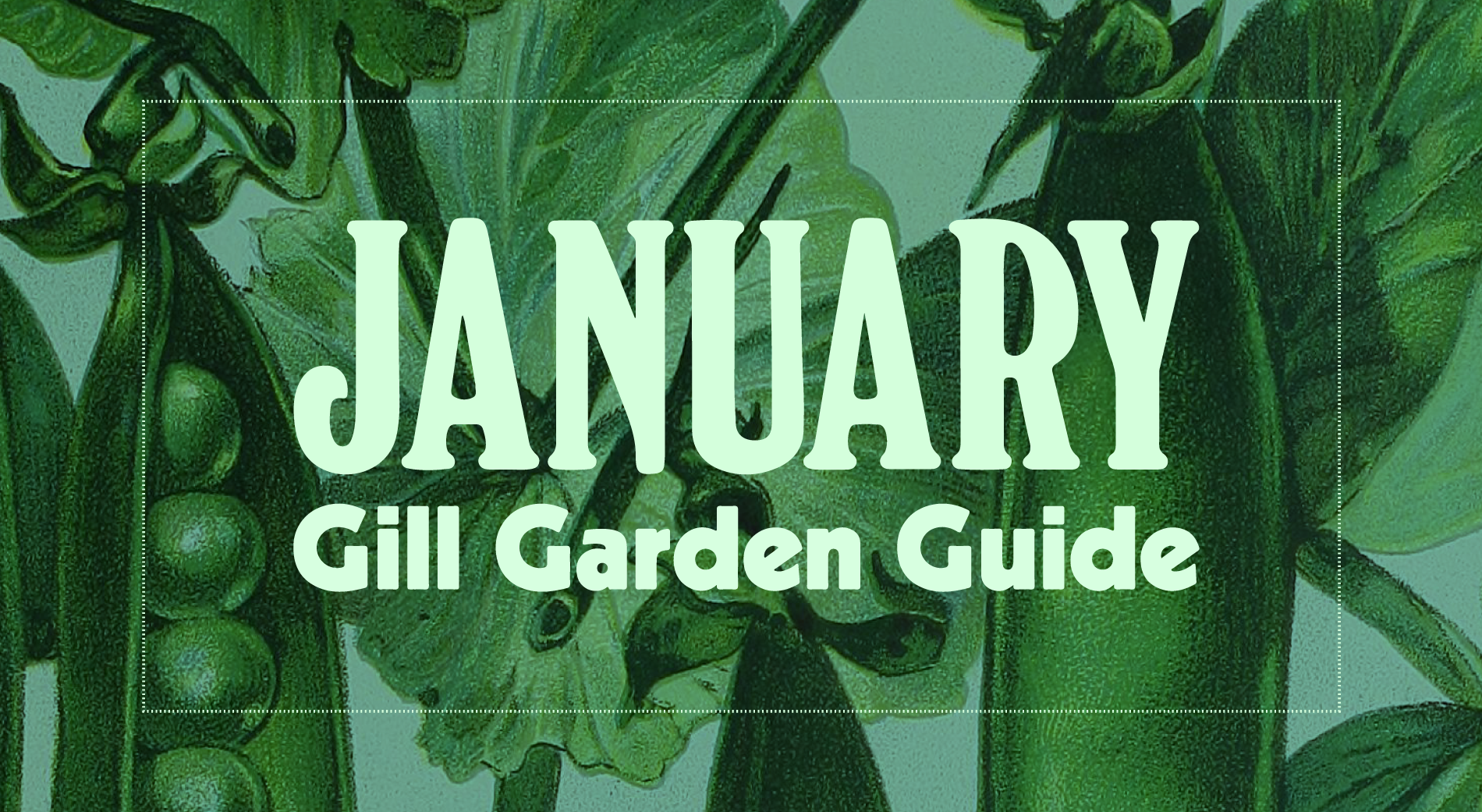
What To Plant
All hardy trees, shrubs, vines, fruit trees, and roses can be planted now. Even citrus trees can be planted now, but they're best in large pots in case we get a freeze.
Vegetable Seeds
Beets, broccoli, cabbage, carrots, Swiss chard, collards, lettuce, mustard, radish, spinach and turnips.
Start pepper and tomato seeds indoors to transplant into garden later.
Vegetable Transplants
Broccoli, cabbage, cauliflower, onion sets, seed potatoes, and spinach.
Tomato transplants can be nurtured in pots now and set in the garden in February.
Use Nature's Blend compost to prepare the garden soil and frost blankets to protect tender veggies from cold nights.
Flower Seeds
Petunias, alyssum, carnations, larkspur, nasturtium, poppy, dusty miller, stock, calendulas and bluebonnets.
Flower Transplant
Pansies, petunias, alyssum, dianthus, snapdragons, and violas, flowering cabbage & kale.
Read: Flowering Cabbage & Kale - Another Winter Treasure
Houseplants
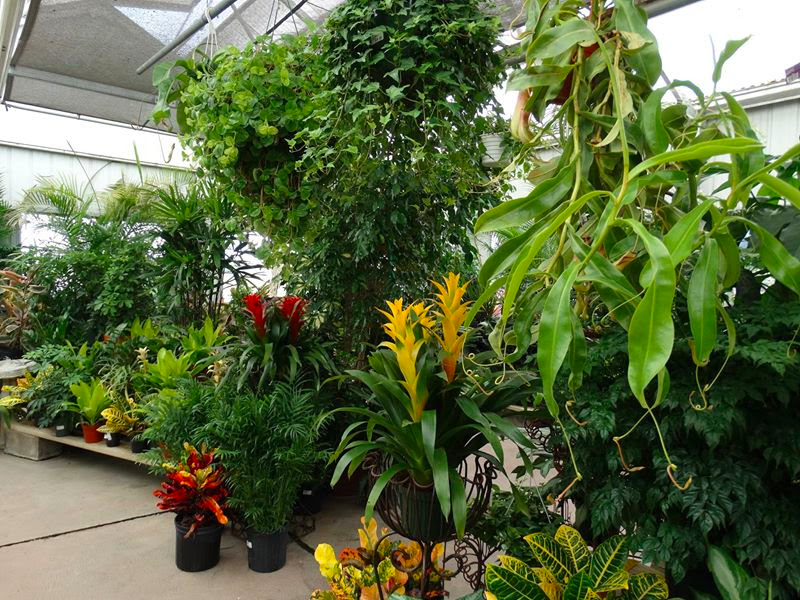
Give your indoor plants a checkup. Look over the foliage, remove any old or dead leaves to freshen their look and keep them healthy.
Be sure to set your plants in the proper light indoors but watch that the heater and/or AC vents do not blow directly on them. Windows provide good natural light - open blinds and curtains during the day.
Read: Indoor Gardening: EZ as a ZZ!
Water when needed, but plants will not drink as much during Winter months. Remember you can add more water, but hard to take out!
Fertilize houseplants organically with ½ strength Hasta Gro.
If your plants look unhappy, they might need re-potting. Be sure to use a good all-purpose potting mix.
Fertilize
Established Citrus Trees
Fertilize organically with Medina Growin Green, Citrus Tone, or Hasta Gro.
Cool Weather Vegetables
Fertilize organically with Medina Growin Green, Hasta Gro, or Plant Tone.
Cool Weather Annuals
Fertilize organically with Medina Growin Green, Maestro Rose Glo, or Plant Tone; or a water-soluble fertilizer like Hasta Gro.
Do not fertilize tropicals in Janurary. They need to rest.
Watch Out For
Scale Insects
Watch for scale insects on hardy trees and shrubs. Spray with Neem Oil or Dormant Oil spray
Read: Organic Gardening 101 - What's Buggin Ya?
Fungal Disease on Roses (like Black Spot)
We almost always see fungus on roses this time of year, but it can be knocked out with Fungonil multi-purpose fungicide.
Lawn Fungus
This can be a major problem after long periods of wet, cool weather. There are 2 major lawn fungus – Take All Patch and Brown Patch.
Treat Take All Patch organically with Natures’ Blend Organic Compost or peat moss; or use conventional Fertilome Systemic Lawn Fungicide or Scotts Disease Ex.
Treat Brown Patch organically with horticultural corn meal or Nature’s Blend compost, or conventionally with F-Stop Fungus Granules.
Read: Protect Your Lawn: Recent Take All Root Rot Sightings (TARR)
Wait to Prune!
We may be tempted to prune wintery-looking perennials, but we should wait! Pruning signals to the plant that it's time to start putting on new growth, which we don't want just yet. Also, more foliage = more freeze protection.
Fruit Trees
You can prune peaches, plums, and figs lightly to shape. Do not prune citrus.
Hardy Dormant Trees
You can prune oak, mesquite, cedar elm, & crape myrtle. Do not top trees! Prune from the bottom up.
To Water or Not to Water?
Current City of Corpus Christi Stage 3 drought rules are very limited. We CAN water vegetables, fruit trees, food-bearing plants, and all potted plants. We CAN also apply for exemptions to the watering rules in order to get new plantings established.
We need to speak up about our water! While we may need to strictly limit spray irrigation of lawns during current drought conditions, we need to be able to water established landscapes and trees. We have been in close contact with City leadership to offer suggestions for changing the Stage 3 rules to allow hand watering and the use of drip irrigation. If you'd like to contact the City, we wrote this letter for you to use. Copy it and customize it however you wish. The more gardeners who speak up, the better!
Keep in mind that plants don't need much water in January, but dry cold fronts, high winds, and low humidity can dry plants quickly. Also, if we expect freezing weather, it's very important to water deeply before the freeze to insulate roots against cold.
When or if temperatures dip below freezing:
Move tropical potted plants inside or group them together in a protected area so they may be easily covered.
Mulch and water newly planted trees and shrubs well; water tropicals and potted plants.
Cover tropicals and tender plants with frost blankets (which we sell), sheets, household blankets or plastic (Note plastic can burn the outer foliage it is touching).
Bring fabric all the way to the ground allowing heat from the soil to be trapped around the plant.
Uncover all plants as temperatures rise to prevent the foliage from scorching.
Read: Some tips on preparing for a freeze in last week's "Freeze Alert"
Lawn Care
Weed Control
Spot treat existing weeds growing now with natural horticultural vinegar or Captain Jack's Deadweed Brew. Both will burn any foliage so take care to not spray your plants or lawn.
Prevent weeds with Hi Yield Weed & Grass Stopper or Weed Beater Complete
Bare Spots & Brown Lawns
You can overseed your lawn now with winter rye grass seed (or fill bare spots with this seed) at the rate of 1 lb. per 100 sq.ft. We have it in 10 to 50 lb. bags.
Do not think about fertilizing until your lawn begins actively growing. Generally this is around early March.
Note: You cannot apply both winter rye and pre-emergent weed control in the same lawn. The seed will not sprout.
Read: Why Won't My Weed Killer Work?, Our Secret Ingredient for a Happy Lawn
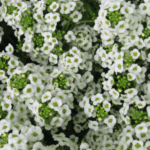
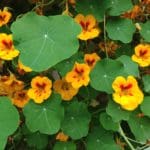
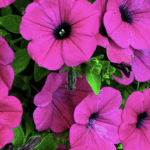
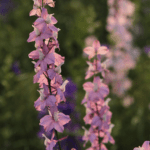
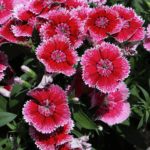
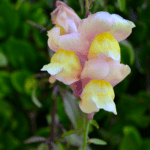
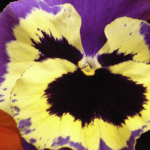














Patti says
Are you going to have an blackberry available for sale soon?
Jesse Jenkins says
Hi Patti – we’ll have blackberries mid February!
Ramon says
I have a small Myers lemon tree in a big pot when and what do I use to fertilize. I got one small lemon this year hoping for more this year.
James Gill says
Having it in a pot will limit the number of fruit, but you can certainly boost that number by fertilizing. Lots of our people swear by HastaGro, but that needs to be applied weekly mid-February to October for the result you are looking for. For fewer applications you could apply Osmocote time release in February, May, and September.
Claire says
I have giant flys on just one of my hibiscus. What do I need to do
Joni McRee says
Does Gill’s ever get Coontie Palms or Thornless Crown of Thorns, or can they be ordered? I have two coontie palms on the island in pots, that require little to no water. They were not covered during the big freeze last year and i thought they were gone for sure….however they are big and beautiful once again. I don’t remember where i got the two i have, but they are seem to be great for this area, and I would like to get some for my house in town.
James Gill says
We more commonly stock the cardboard palm, a close relative of the coontie, and it makes a great landscape or container plant. It would not be possible to order one or two coontie, but if you need 10, let us know.
We had poor results with thornless crown of thorns, so we do not stock them now.
LG says
I am having trouble seeing growth from some dwarf crape myrtle dynamite plants. They are3 about 2 feet high mostly branch. Any tips to help provide more growth?
James Gill says
Dynamite is not a vigorous grower in South Texas, but is favored for its rich red bloom color. To maximize growth, make sure it suffers no competition from lawn, have it in a 4 to 6 ft diameter bed with just mulch around it, no grass. You could plant annual flowers around it but no competitive ground covers like jasmine or asparagus fern. The competition rule is, if I can pull it up with little effort, it will not slow down the growth of the crapemyrtle. Hopefully it is planted in an area that drains well, and is planted as high or slightly higher than the surrounding ground. Water thoroughly once a week starting in late February, and fertilize regularly with your chosen brand. I like Medina Gro N Green applied once a month February through October.